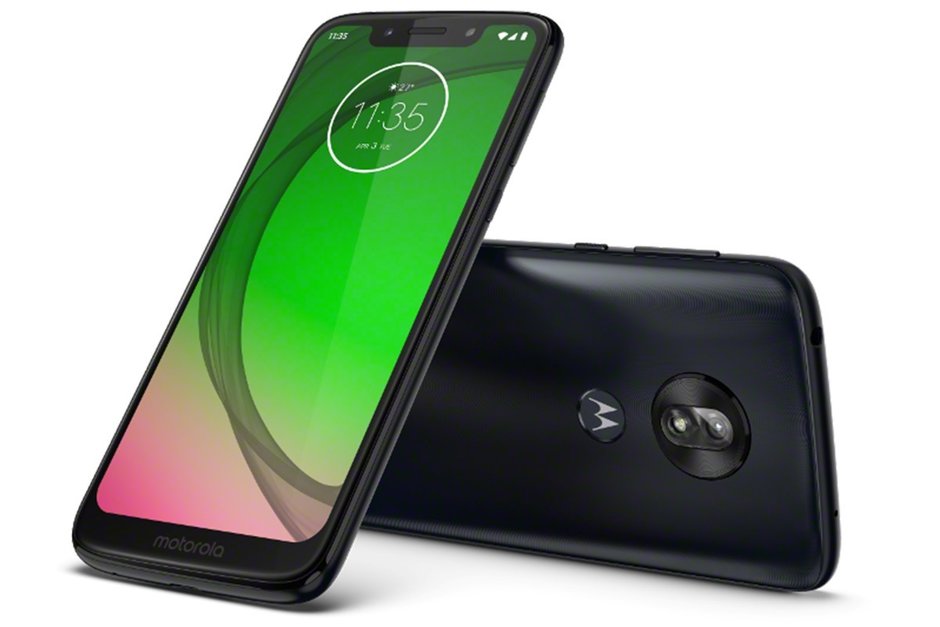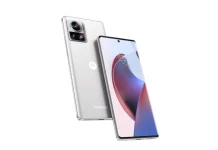Lenovo-owned Motorola launched its Moto G7 series smartphones earlier this year. Thus, it’s fair to expect that the company has started working on its next-generation Moto G-series smartphones, which could get launched in a couple of months.
Just like the previous generation, there could be four different models in the next-gen Moto G-series — Moto G8, G8 Plus, G8 Power, and Moto G8 Play. Now, some of the specifications of the Moto G8 Play have surfaced online.

As per the report, the G8 Play will come model numbers XT2015-2, XT2016-1, or XT2016-2 depending on the market. The smartphone has already been certified by the FCC, revealing the phone’s dimensions (157.6mm x 75.4mm) and its supported LTE bands (2/4/5/7/66).
The Moto G8 Play is expected to have a 5.7-inch display and will come with HD+ screen resolution of 1520 x 720 pixels with 19:9 aspect ratio. Unlike its predecessors, the upcoming model will come powered by a MediaTek chipset, either Helio P60 or Helio P70.
The report further adds that the phone will come packed with either 3GB or 4GB of RAM along with 32GB or 64GB of internal storage. It will also be powered by a large 4,000mAh battery, a significant increase over the Moto G7 Play.
The phone will be running Android 9 Pie operating system out-of-the-box with some customizations from Motorola. The phone is still in an early stage of development, so nothing is known about the new software features planned for the product.
The G8 Play will also come with a traditional fingerprint sensor which we expect will be placed in its usual position — on the backside embedded with the Motorola logo below the camera module.
The smartphone is expected to come in “Iron” and “Cosmo” colors and the company is preparing to launch the device in Brazil, Latin America, Asia Pacific countries, and Europe. To know more about this phone, we’ll have to wait for a few more weeks because new information will surface as the launch nears.
(Source)







